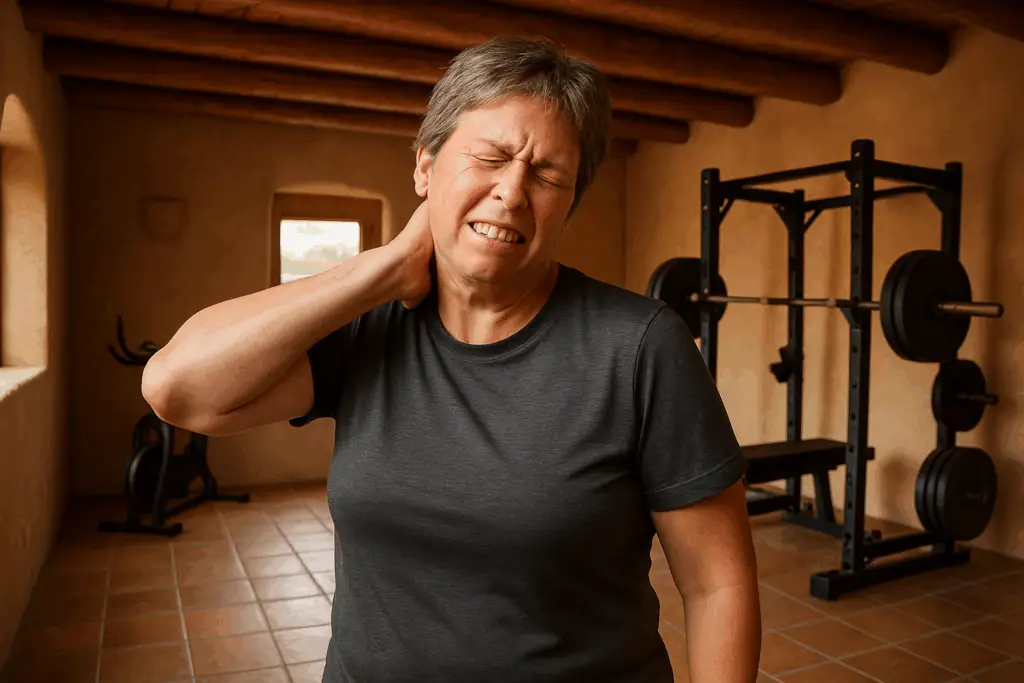
Why Thoracic Spine Mobility Is Key for Neck and Shoulder Health
Many people struggle with rounded shoulders, difficulty with good posture, and recurring pain during movement. The underlying culprit is often poor thoracic spine mobility—an issue that leads to compensatory stress in the lower back and shoulders and amplifies neck, shoulder, and rotator cuff pain.
ELDOA Method—Science Behind Improved Mobility and Pain Relief
What are ELDOA Exercises?
ELDOA (“Etirements Longitudinaux avec Decoaptation Osteo-Articulaire”) are unique, self-applied postural exercises developed by Guy Voyer, DO. Each posture is designed to create targeted decompression in a specific spinal joint, increasing space, rehydrating discs, reducing pressure, and restoring joint alignment.
Mobility, Alignment, and Pain—How It All Links Together
- The thoracic spine is crucial for rotation, flexion, extension, and deep breathing.
- ELDOA postures train mobility while stabilizing areas that need protection—preventing the lower back and scapula from compensating for lost motion.
- Mobilizing the thoracic spine properly prevents excessive lumbar spine movement, which is built for stability—not big rotations or repeated bending.
- Benefits include improved posture, relief from disc compression, increased lung volume, healthier shoulders, and overall freedom of movement.
ELDOA for Neck and Shoulder Pain—What the Research Shows
Techniques and Results
- ELDOA postures for the cervical and thoracic spine address neck pain, tension, and instability, while also targeting scapular health for shoulder mobility and pain reduction.
- Correct use of thoracic mobility (with ELDOAs) protects both the spine’s architecture and shoulder mechanics—helping clients avoid hypermobility, ligament laxity, and chronic compensation pain.
- Holding ELDOA postures for 1 minute daily can deliver measurable improvement in pain, flexibility, and strength for most joints in the upper back and neck.
Practice, Posture, and Progress for Santa Fe
The true power of ELDOA is conscious, precise mobility: straightening and lengthening the spine, deepening breath, and rolling the shoulders back—without sacrificing lumbar or shoulder stability. By focusing on posture while developing spinal mobility, residents of Santa Fe can minimize kyphosis, shoulder discomfort, and persistent neck pain.
Your “Do” list:
- Use ELDOA postures for thoracic extension and alignment
- Deepen your breath with rib expansion and upright posture
- Combine mobility training with core stability exercises
Your “Don’t” list:
- Avoid aggressive, compensatory lumbar twisting
- Don’t let increased thoracic mobility contribute to daily posture rounding
- Don’t skip core and scapular stability drills to support gains from ELDOA
Discover targeted mobility, flexibility, and postural solutions:
ELDOA: The Ultimate Spine And Joint Exercises
Find out more @

Leave a Reply